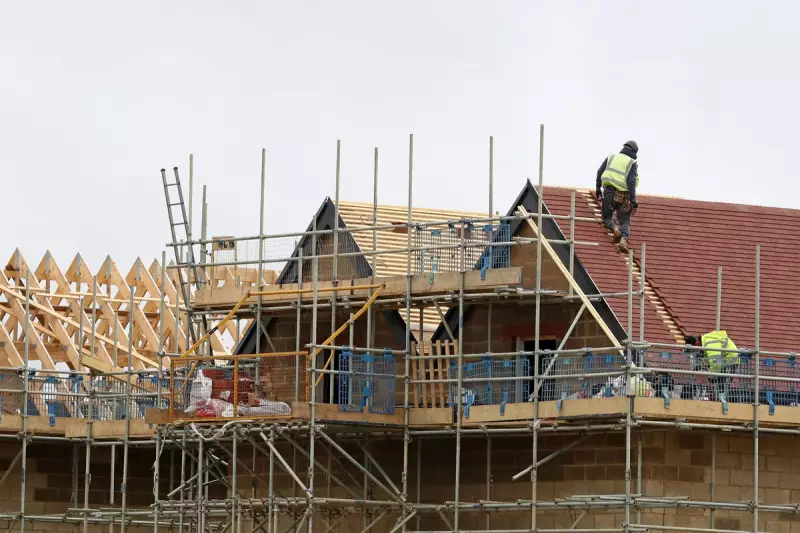
In a major overhaul of England's planning system, the government will introduce a 'default yes' for new housing developments built close to train and tram stations. The move is a central part of Labour's drive to fulfil its manifesto pledge to build 1.5 million homes before the next election.
Key Changes to Planning Policy
Housing Secretary Steve Reed is set to announce the reforms on Tuesday, which will see significant amendments to the National Planning Policy Framework. The most notable change will facilitate construction on land within a 15-minute walk of what are deemed 'well-connected' train and tram stations.
Critically, this new 'presumption in favour' of development will also apply to sites within the designated green belt, marking a substantial shift in planning policy. This forms part of a broader package of measures designed to accelerate housebuilding across the country.
Streamlining the System and Ministerial Powers
Other key proposals include granting ministers stronger powers to intervene in local planning decisions. Under the new rules, local councils intending to refuse applications for large housing developments of more than 150 homes will be required to notify the government. This will give ministers the final say on whether a project gets the green light.
Mr Reed stated the changes would equip the government with “stronger powers” to deal with local authorities that “drag their feet” on approving new homes. He emphasised that while the goal is to “get Britain building,” it must be the “right homes in the right places,” with nearby transport links being a vital component.
To further speed up the process, the government plans to remove certain organisations from the statutory consultation list for planning applications. Bodies such as Sport England, The Gardens Trust, and Theatres Trust could be taken off the list, a move Mr Reed claims will “streamline” the planning process and “cut back delays.”
Mixed Reactions to the Proposed Reforms
The proposed changes have been met with both support and criticism. Sam Richards, chief executive of the pro-growth campaign group Britain Remade, described the plan for a 'default yes' on underused sites near stations as “a no-brainer.”
“For years, the planning system has blocked new homes in exactly the places people most want to live,” he said. “Building in well-connected areas means shorter commutes, stronger city and town centres, and more young people finally able to afford a home.”
However, Shadow Housing Minister David Simmonds offered a starkly different perspective, accusing the government of trying to “railroad through unpopular developments” instead of working with communities.
“As their 1.5 million homes target becomes another broken promise and housebuilding collapses in cities like London, Labour have reached for another top-down policy that rides roughshod over local people,” he said. “So much for their promise to empower communities.”
The government faces a significant challenge in meeting its ambitious target. The most recent official figures show that 231,300 new homes were built between the election in 2024 and September 2025, meaning the pace of construction must be ramped up considerably to hit the 1.5 million mark.





